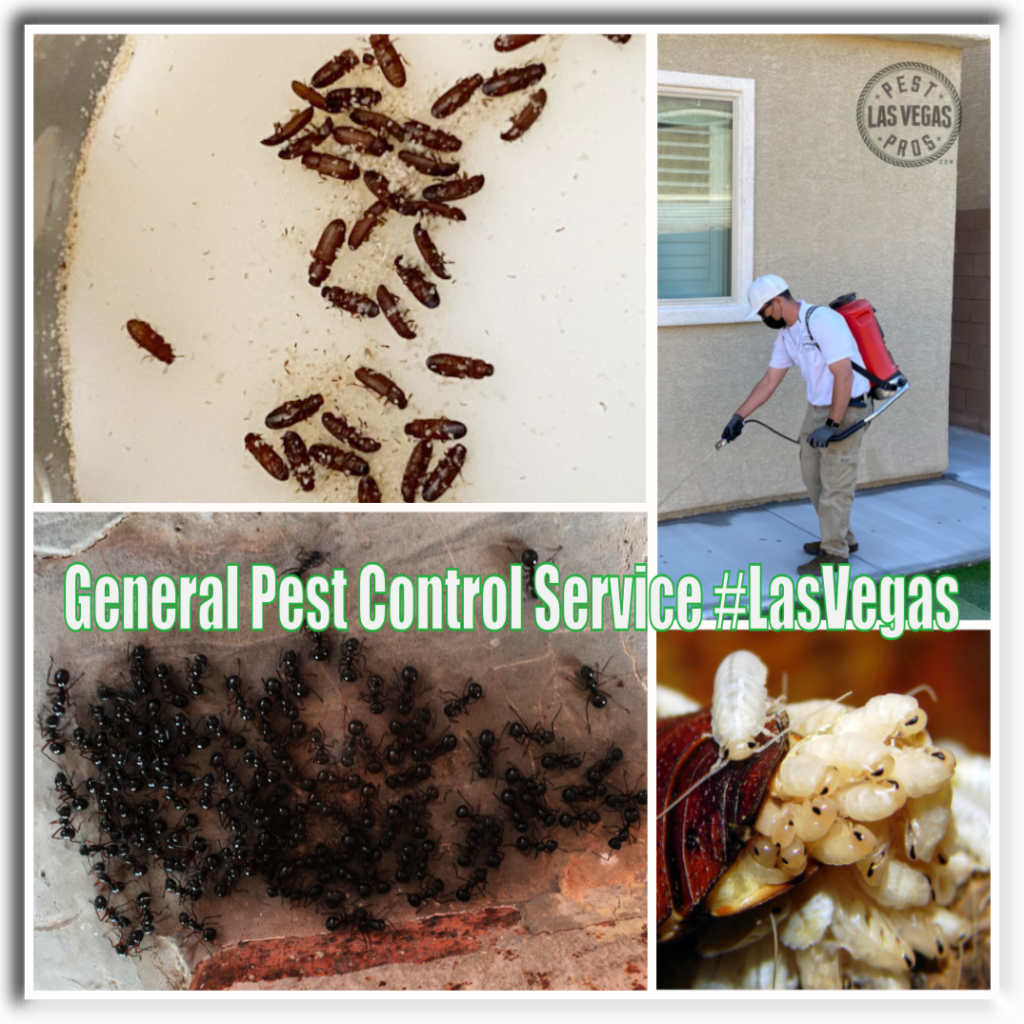A Biased View of Eco Bed Bug Exterminators Dc
A Biased View of Eco Bed Bug Exterminators Dc
Blog Article
See This Report about Eco Bed Bug Exterminators Dc
Table of ContentsThe Basic Principles Of Eco Bed Bug Exterminators Dc Eco Bed Bug Exterminators Dc - The FactsEverything about Eco Bed Bug Exterminators DcEco Bed Bug Exterminators Dc Things To Know Before You Get ThisThe Ultimate Guide To Eco Bed Bug Exterminators Dc
Due to the fact that chemicals are harmful, they are likewise possibly unsafe to humans, animals, various other organisms, and the environment. Consequently, individuals that utilize pesticides or regularly been available in call with them have to recognize the loved one poisoning, possible health and wellness impacts, and preventative steps to decrease exposure to the products they use. Hazard, or danger, of utilizing pesticides is the potential for injury, or the level of threat associated with making use of a pesticide under an offered collection of problems.
Applicators can decrease or virtually eliminate exposure-- and thus reduce threat-- by adhering to the tag directions, using individual safety clothing and tools (PPE), and dealing with the chemical appropriately. Even more than 95 percent of all pesticide direct exposures come from dermal direct exposure, primarily to the hands and lower arms. By using a pair of unlined, chemical-resistant gloves, this kind of exposure can be almost eliminated.
The damaging effects that take place from a single exposure by any kind of route of entry are described "severe effects." The 4 routes of direct exposure are dermal (skin), inhalation (lungs), dental (mouth), and the eyes. Severe toxicity is established by analyzing the facial toxicity, breathing poisoning, and dental toxicity of test animals.
The Ultimate Guide To Eco Bed Bug Exterminators Dc
Intense poisoning is gauged as the amount or concentration of a toxicant-- the a.i.-- required to eliminate half of the pets in an examination populace. This step is normally shared as the LD50 (dangerous dosage 50) or the LC50 (lethal concentration 50). Additionally, the LD50 and LC50 values are based on a solitary dose and are videotaped in milligrams of pesticide per kilo of body weight (mg/kg) of the test pet or partly per million (ppm).
The reduced the LD50 or LC50 value of a pesticide product, the better its poisoning to people and animals. Pesticides with a high LD50 are the least harmful to human beings if made use of according to the directions on the item label. The chronic toxicity of a chemical is established by subjecting test pets to long-lasting direct exposure to the energetic component.
The persistent poisoning of a chemical is harder than acute toxicity to determine via lab analysis. Products are categorized on the basis of their family member acute toxicity (their LD50 or LC50 values). Chemicals that are identified as extremely harmful (Toxicity Category I) on the basis of either dental, facial, or breathing toxicity must have the signal words threat and toxin printed in red with a head and crossbones icon prominently displayed on the front panel of the plan tag.
The intense (single dosage) dental LD50 for pesticide products in this team ranges from a trace total up to 50 mg/kg. For instance, exposure of a couple of decreases of a material taken orally might be fatal to a 150-pound individual. Some pesticide items have just the signal word risk, which tells you nothing concerning the intense poisoning, simply that the item can create severe eye damages or severe skin irritation
Everything about Eco Bed Bug Exterminators Dc
In this group, the acute dental LD50 arrays from 50 to 500 mg/kg. A tsp to an ounce of this material can be fatal to a 150-pound individual (how to get rid of bed bugs). Pesticide items classified as either slightly toxic or relatively nontoxic (Poisoning Groups III and IV) are needed to have the signal word CAUTION on the pesticide tag

All chemical toxicity worths, including the LD50, can be found on the item's Product Security Data Sheet (MSDS) - how to get rid of bed bugs. Pesticide labels and MSDS can be gotten from stores or manufactures. Furthermore, most products also have information that can be discovered on the web. The signs of pesticide poisoning can vary from a light skin irritability to coma or perhaps fatality.
Individuals also vary in their level of sensitivity to various levels of these chemicals. Some individuals may reveal no response to a direct exposure that may create serious health problem in others (how to get rid of bed bugs). Due to the fact that of potential health and wellness issues, pesticide individuals and handlers need to recognize the common indications and signs of chemical poisoning. The results, or symptoms, of chemical poisoning can be extensively specified as either topical or systemic.
The Buzz on Eco Bed Bug Exterminators Dc
Dermatitis, or inflammation of the skin, is approved as the most generally reported topical result linked with chemical exposure. Some individuals often tend to cough, wheeze, or sneeze when revealed to pesticide sprays.
This symptom normally subsides within a couple of minutes after an individual is gotten rid of from the direct exposure to the toxic irritant. A response to a chemical product that creates someone not just to sneeze and cough yet also to establish severe intense respiratory system signs and symptoms is more likely to be a real hypersensitivity or sensitive response.
Systemic results are quite different from topical results. They typically take place away from the initial point of get in touch with as a result of the pesticide being absorbed into and dispersed throughout the body. Systemic results often include queasiness, throwing up, exhaustion, headache, and intestinal disorders. In sophisticated poisoning instances, the person might experience modifications in heart rate, trouble breathing, convulsions, and coma, which can cause fatality.
Report this page